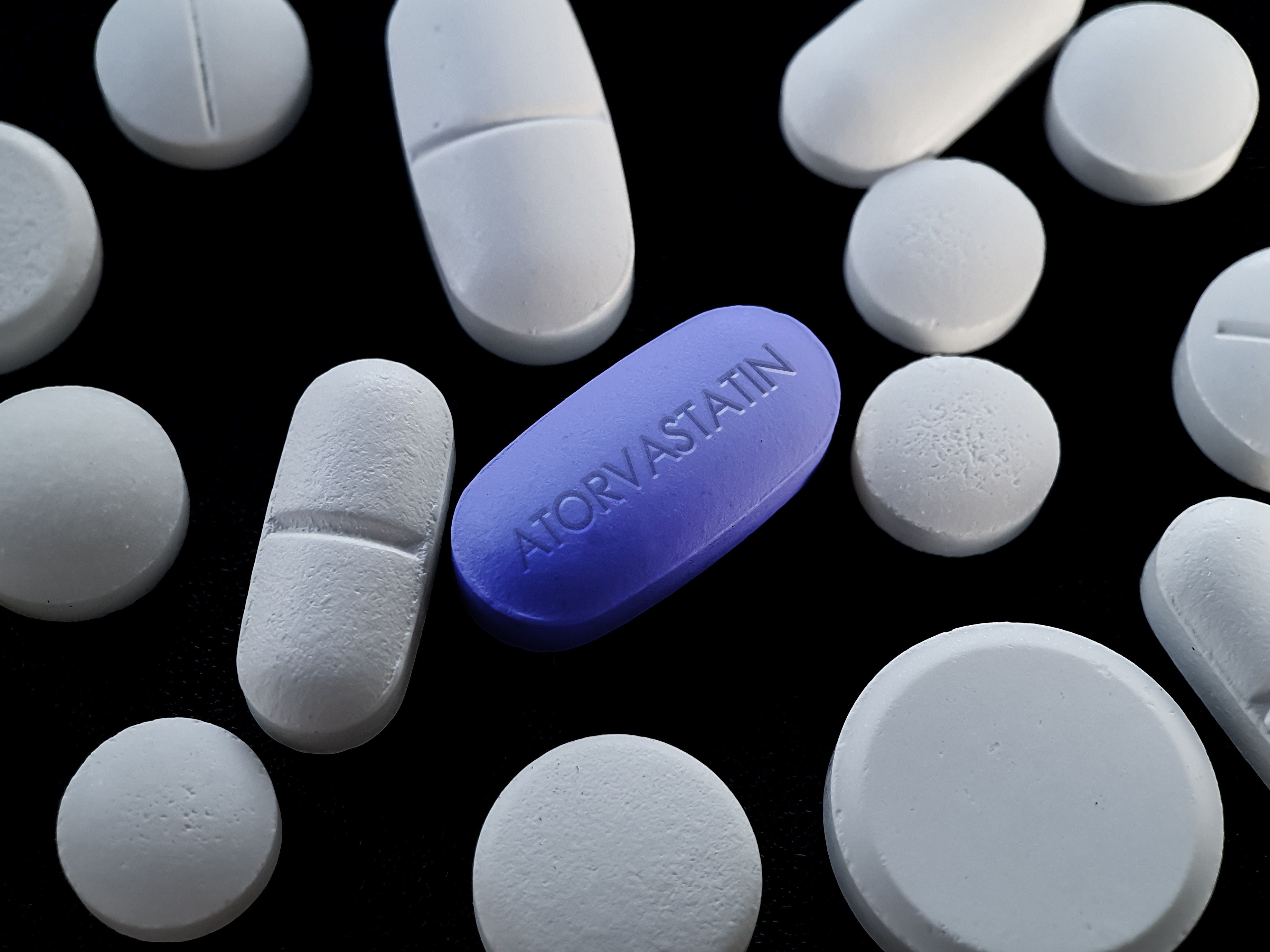- Center on Health Equity & Access
- Clinical
- Health Care Cost
- Health Care Delivery
- Insurance
- Policy
- Technology
- Value-Based Care
30-Day Atorvastatin Improved Brachial Artery FMD in Patients With HFpEF, but More Research Is Needed
This study was the first of its kind to explore how taking statin medication affects blood vessel function and exercise response in patients with heart failure with preserved ejection fraction (HFpEF), although the cohort only included 16 patients.
A 30-day regimen of atorvastatin significantly improved brachial artery flow-mediated dilation (FMD) in patients with heart failure with preserved ejection fraction (HFpEF), according to a study published in the Journal of Applied Physiology.1
This study is the first of its kind to explore how taking statin medication affects blood vessel function and exercise response in patients with HFpEF. While the findings support the idea that statins could improve certain aspects of blood vessel function during exercise in these patients, the study also found that statin treatment didn't change other factors like reactive hyperemia (RH) or blood flow in exercising muscles. This suggests that while statins might help improve blood vessel health in patients with HFpEF by reducing oxidative damage, they may not directly affect all the issues related to poor blood vessel function during exercise.
Atorvastatin | Image credit: Soni's – stock.adobe.com

The study included just 16 patients with HFpEF, with half taking 10 mg of the statin per day and half taking placebo. Those in the 30-day atorvastatin administration group were slightly older on average, with a mean (SD) age of 74 (6) years compared with 67 (9) years in the placebo group. EF percentage represents the proportion of blood pumped out of the heart's left ventricle with each contraction, with a normal EF percentage typically ranging between 50% and 70%. In the statin group, EF ranging from 52% to 73%, and this was similar in the placebo group, ranging from 56% to 72%.
FMD is a noninvasive ultrasound technique used to assess the health of blood vessels, particularly the endothelial function, which plays a crucial role in cardiovascular health. The authors checked how well blood vessels worked by measuring FMD and sustained-stimulus FMD (SS-FMD) while participants gripped something tightly, as well as reactive hyperemia (RH) and blood flow during the handgrip exercise. FMD improved after taking atorvastatin, but there was no change measured in the placebo group. Before taking the statin, the group had a mean (SD) FMD of 3.33% (2.13%), and this increased to 5.23% (1.35%) after the 30-day regimen (P < .01). For reference, one prior meta-analysis of 82 clinical trials found that FMD in healthy individuals was 6.4%, on average (95% CI, 6.2%-6.7%).2
Similarly, the SS-FMD—measured by the rate of change in brachial artery diameter in response to changes in shear rate—increased after taking the statin, again with no change to the placebo group. The mean SS-FMD was 5.31 e-5 (3.85 e-5) mm/sec-1 before the statin, which increased to 8.54 e-5 (4.98 e-5) mm/sec-1 after the statin (P = .03).
According to the authors, RH and exercise hyperemia responses showed no change in either the statin or placebo groups.
“Interestingly, reactive hyperemia was unchanged after the 30-day statin regimen, suggesting that the efficacy of this drug class to confer a beneficial effect in conduit vessel function may not extend to the peripheral microvasculature,” the authors said. “Exercising skeletal muscle blood flow was also unaffected following statin therapy, and thus it appears that this intervention may not directly impact the pathways responsible for impaired exercise hyperemia in patients with HFpEF.”
Additionally, while statin intake led to a decrease in markers of lipid peroxidation with a mean malondialdehyde measurement of 0.652 (0.095) prestatin and 0.501 (0.094) post statin (P = .04), other biomarkers of inflammatory and oxidative stress remained unchanged.
“Together, these data provide new evidence for the efficacy of low-dose statin administration to improve brachial artery endothelium-dependent vasodilation, but not microvascular function or exercising limb blood flow, in patients with HFpEF, which may be due in part to reductions in oxidative stress,” the authors concluded.
The main limitations of the study include the small sample size of 16 patients, which may limit the generalizability of the findings to a larger population, as well as the short 30-day study duration, leaving the long-term effects of statin administration on vascular function in patients with HFpEF unclear. The researchers also used of the lowest clinically prescribed dose of atorvastatin, which may have limited the potential effects observed, and did not include a washout period for patients who were already on statin therapy, which could have influenced the results. The researchers did not assess quality of life scores, although they measured 6-minute walk test distance, which is associated with quality of life but did not show improvement with statin treatment. Additionally, the study did not assess the impact of statins on clinical outcomes such as hospitalizations or mortality in patients with HFpEF, focusing primarily on vascular function and biomarkers.
References
- Iacovelli JJ, Alpenglow JK, Ratchford SM, et al. Statin administration improves vascular function in heart failure with preserved ejection fraction. J Appl Physiol (1985). Published online February 22, 2024. doi:10.1152/japplphysiol.00775.2023
- Heiss C, Rodriguez-Mateos A, Bapir M, Skene SS, Sies H, Kelm M. Flow-mediated dilation reference values for evaluation of endothelial function and cardiovascular health. Cardiovasc Res. 2023;119(1):283-293. doi:10.1093/cvr/cvac095
